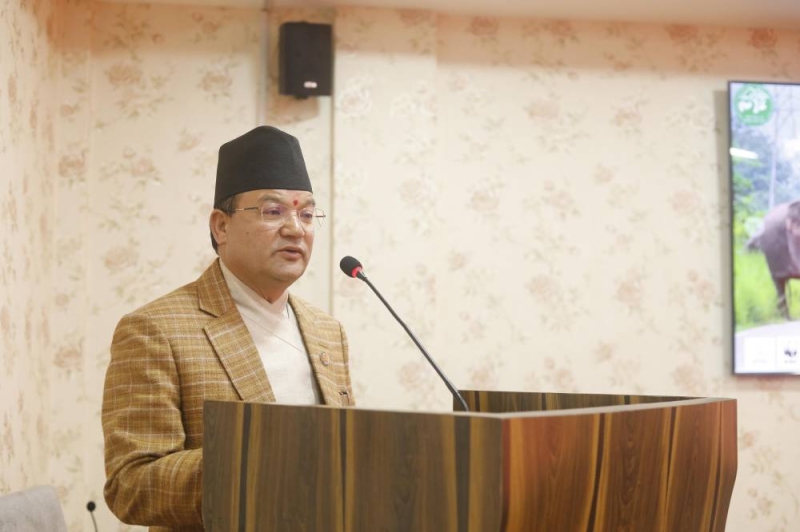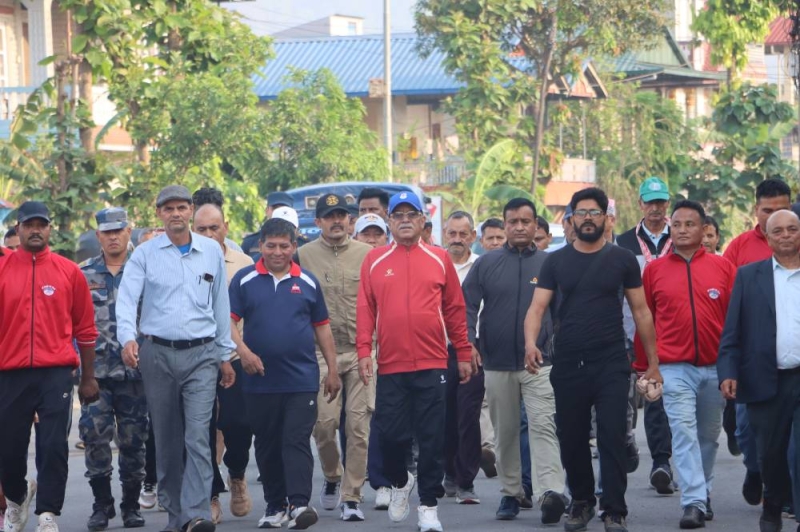10m children in South Asia region hit by HIV
10m children in South Asia region hit by HIV
Published: 12:00 am May 08, 2007
Kathmandu, May 7:
Up to 10 million children in South Asia are affected by HIV/AIDS but only a tiny proportion of them are actually HIV positive while the vast majority are at high risk because they either have a parent living with HIV or have been orphaned by the dreaded virus.
This was revealed by the UN Children’s Fund Regional Office for South Asia (UNICEF ROSA) and the South Asian Association for Regional Cooperation (SAARC) at a meeting of the representatives from the SAARC countries here today to review the situation of the children affected by HIV/AIDS in South Asia (SA) and push forward their agenda.
The participants of the two-day regional consultation on Children Affected by HIV/AIDS will review the situation of children affected by HIV/AIDS in SA.
They will also work towards facilitating a common strategic approach to guide policies and actions to protect the HIV/AIDS affected children.
Mohammad Naseer, director of the social affairs SAARC, said the devastating consequences of HIV/AIDS is increasing the number of orphaned children, left vulnerable by diseases and death of family members. Such children need immediate concern to lessen the risk.
“It is never late to act.
The time has come to put children at the centre of the debate,” he said.
Without proper support, the future of these children is very bleak, said Frances Turner, deputy director of UNICEF ROSA.
“With the loss of their childhood, education, family support and inheritance, the children are likely to face neglect, discrimination and abuse,” she added. “A common approach is must to ensure, protect and support their basic rights.”
Dr Mahesh Maskey, president of Health Research Council, underscored the need for universal approach to ensure that the HIV/AIDS-affected children are included in the public and community support system.
He focused on the need for specific measures to overcome social discriminations and stigma that are highly prevalent in the SAARC nations.





